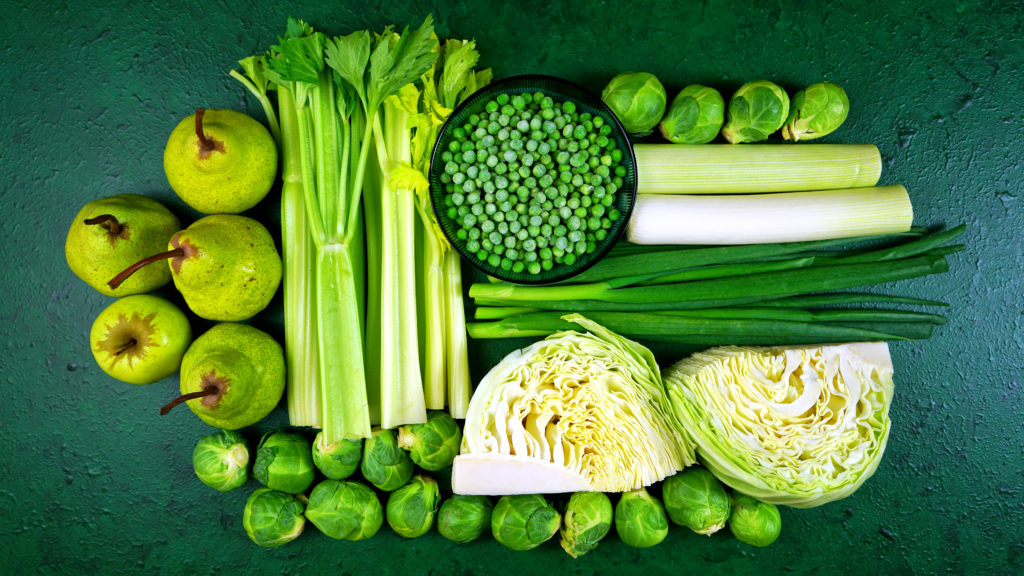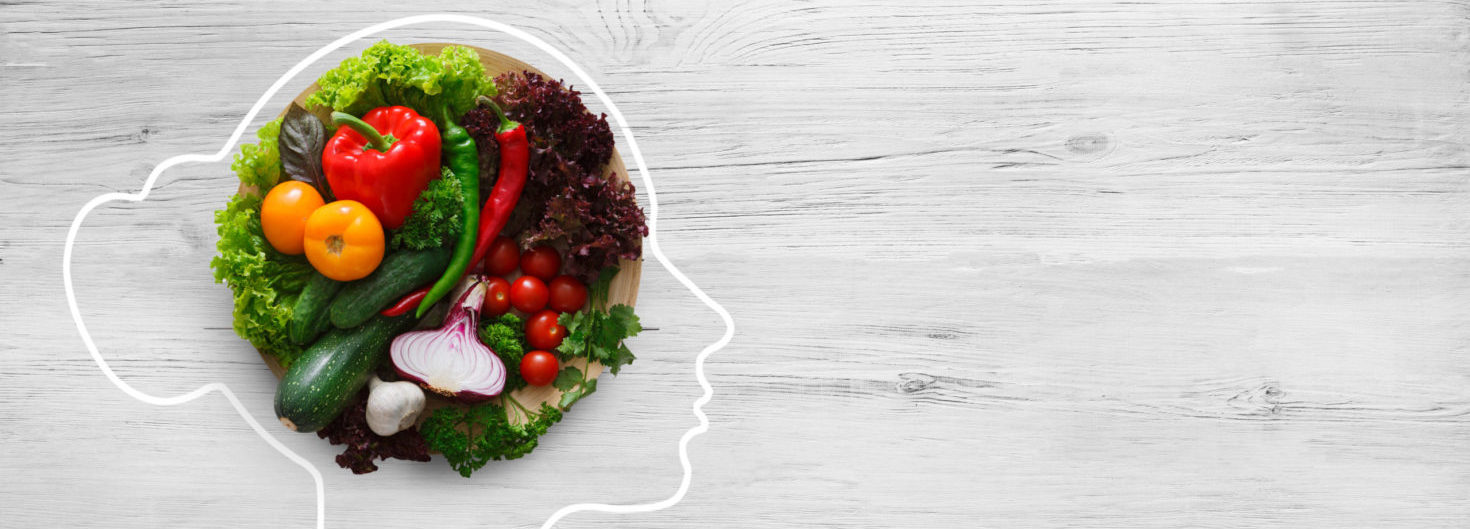
Removing artificial food dyes, sweeteners, flavors and preservatives
Dr. Benjamin Feingold treated patients with asthma and allergies using a diet developed at the Mayo Clinic in the 1950’s and discovered that it also helped children with hyperactivity and behavioral symptoms. He then created his own protocol called the “Feingold Diet,” which eliminates artificial food coloring, flavoring, sweeteners and preservatives, as well as some naturally occurring food substances called salicylates. Over time, this diet has been very effective in treating symptoms of ADHD and other forms of neurodiversity.
Food dyes and hyperactivity
Artificial food dyes, which are chemical compounds made from petroleum products, have been used since the first one was invented in 1856. Their purpose was to make food more palatable and hide unsightly colors of processed and preserved foods. While some sources of artificial coloring are obvious, like candy, frosting and popsicles, others are more obscure. Some foods you might not realize contain food dyes include hot dogs, microwave popcorn, store-bought pickles, flavored yogurts, bottled sauces and dressings, and granola bars. Over the counter pharmaceuticals like ibuprofen and cough syrup contain artificial food dyes.
Artificial food colorings have a significant effect on behavior, including inattention and hyperactivity, in children with and without ADHD. A review of studies found that while consuming food colorings is not specifically tied to ADHD diagnoses, they contribute to ADHD behaviors such as inattention and overactivity in children in general. Additionally, when children with ADHD had food dyes removed from their diet, symptoms of hyperactivity improved in 75% of cases.1 Numerous studies have confirmed the effects of artificial food colorings on hyperactivity.2
Alternatively, there are many natural sources of pigment that can be used to color foods. Turmeric, for example, gives a strong yellow hue. Carotenoids, such as beta carotene, are orange and can be found in pumpkin, squash and carrots. Red pigment comes from beets and red berries. Deep purples and blues come from anthocyanins, the antioxidant pigments in grapes, blueberry skins and blackberries (though these foods are also high in salicylate, more on that later). Red cabbage, interestingly, works as a blue dye for Easter eggs! Green comes from chlorophyll in plants like spinach and algae. You can buy natural food colorings with these ingredients or you can make your own.
Artificial sweeteners and neurotoxicity
We know that too much sugar is bad for us, but artificial sugar substitutes are even worse. Aspartame is the ingredient in Nutrasweet and Equal. It is made from aspartic acid and phenylalanine, an essential amino acid that is normally in food. The difference is that phenylalanine in aspartame can accumulate in the brain, along with aspartic acid. This can inhibit other neurotransmitters that regulate brain activity, such as serotonin, dopamine, and norepinephrine, while increasing the stress hormone cortisol and free radicals. Aspartame has been linked to behavioral and cognitive problems as well as neurophysiological symptoms such as migraines, irritable moods, anxiety, depression, and insomnia.3
Sucralose, the artificial sweetener in Splenda, is a chemically altered sugar molecule, with 3 added chlorine atoms, that was approved by the FDA in 1999. It is 600 times sweeter than sugar and was thought to be stable at high temperatures, making it ideal for baking (though more recent evidence shows that it releases carcinogenic substances called chloropropanols at high temperatures). Sucralose is a synthetic organochlorine compound that is associated with altered phase I liver detoxification and a reduction in beneficial microbial composition in the gut. It is mutagenic at high concentrations, affecting epigenetic expression of genes, and is also implicated in blood sugar imbalance, insulin resistance and obesity.4
Saccharin (Sweet ’n’ Low) was formerly considered a carcinogen and banned in 1981 after it was linked to bladder cancer in rats, but the ban was lifted in 2000 when it was later determined that the cancer risk was specific to rats and not humans. However, more recent studies have shown that long-term use of saccharin causes oxidative stress that can lead to brain carcinogenesis and degenerative diseases.5
MSG and artificial flavors
While natural flavors can be extracted from natural foods, artificial flavors are are created in a laboratory. These food additives can mimic natural flavors and may be chemically similar. There are thousands of chemical ingredients used as artificial flavors, including vanillin, diacetyl and acetoin (butter flavor), and cinnamaldehyde.
Flavor ingredients, like other food additives, are subject to FDA and USDA rules. But the FDA has a long list of flavors that are already granted GRAS (generally recognized as safe) and are not required to disclose their ingredients on food labels. Food manufacturers like to keep their recipes secret, and they are allowed to list these additives simply as “artificial flavors” or simply “flavor” on their label. So you might not know which of these ingredients are in packaged food products. Complicating matters even more, even some “natural” flavors are not so natural. “Natural” butter flavor, for example, is often industrially fermented and ends up having the exact same chemical structure as artificial butter flavor.6 The artificial butter flavor chemical, diacetyl, is neurotoxic and crosses the blood-brain barrier, causing beta-amyloid clumping (the neurological dysfunction in Alzheimer’s disease, which is also linked to severe autism).7-8
Monosodium glutamate, or MSG, is a flavor enhancer that is added to foods to give it a more “umami” flavor. MSG is a combination of sodium and glutamic acid, from the amino acid glutamate. These are naturally occurring substances, but glutamic acid in food is normally bound in proteins that are not as quickly absorbed as the additive MSG. Glutamic acid, or glutamate, is the same substance that functions as an excitatory neurotransmitter in our brain. Too much glutamate is an excitotoxin and can overstimulate neurons, causing hyperactivity and damage to neurons. Subcortical glutamate levels and abnormalities in glutamate signaling may contribute to ADHD, by interfering with dopamine neurotransmission.9
MSG is not always obvious on a food label; it goes by many other pseudonyms. A food may contain hidden MSG if the label lists any of the following ingredients: hydrolized vegetable protein, autolyzed yeast, yeast extract, sodium caseinate, whey protein isolate, maltodextrin, carrageenan, and even that catch-all, “natural flavor.”
Salicylates
Salicylates are a naturally-occurring plant chemical found in certain fruits and vegetables. Natural salicylates are similar in chemical structure to some artificial food colors and flavorings, and can cause similar symptoms like hyperactivity in sensitive individuals with ADHD.10 For this reason, they are also excluded in the Feingold diet. Salicylate also alters GABA and serotonin neurotransmission in the central nervous system.11 Some foods that contain natural salicylate include:
- Almonds
- Apples
- Apricots
- Berries
- Cherries
- Currants
- Grapes
- Raisins
- Nectarines
- Oranges
- Peaches
- Plums
- Prunes
- Tangerines
- Cucumbers
- Pickles
- Green peppers
- Tomatoes
These are of course healthy, nutritious fruits and vegetables! So elimination must be undertaken with caution to prevent nutrient deficiencies, and removal of salicylates is not sustainable long-term. Once symptoms have resolved, individuals can often tolerate infrequent, moderate amounts of these foods. In the meantime, many green foods (with the exception of pickles and green peppers) are low in salicylates.

References
- Arnold, L. E., Lofthouse, N., & Hurt, E. (2012). Artificial food colors and attention-deficit/hyperactivity symptoms: conclusions to dye for. Neurotherapeutics : the journal of the American Society for Experimental NeuroTherapeutics, 9(3), 599–609. https://doi.org/10.1007/s13311-012-0133-x
- Schab, D. W., & Trinh, N. H. (2004). Do artificial food colors promote hyperactivity in children with hyperactive syndromes? A meta-analysis of double-blind placebo-controlled trials. Journal of developmental and behavioral pediatrics, 25(6), 423–434. https://doi.org/10.1097/00004703-200412000-00007
- Choudhary, A. K., & Lee, Y. Y. (2018). Neurophysiological symptoms and aspartame: What is the connection?. Nutritional neuroscience, 21(5), 306–316. https://doi.org/10.1080/1028415X.2017.1288340
- Schiffman, S. S., & Rother, K. I. (2013). Sucralose, a synthetic organochlorine sweetener: overview of biological issues. Journal of toxicology and environmental health. Part B, Critical reviews, 16(7), 399–451. https://doi.org/10.1080/10937404.2013.842523
- Azeez, O. H., Alkass, S. Y., & Persike, D. S. (2019). Long-Term Saccharin Consumption and Increased Risk of Obesity, Diabetes, Hepatic Dysfunction, and Renal Impairment in Rats. Medicina (Kaunas, Lithuania), 55(10), 681. https://doi.org/10.3390/medicina55100681
- Krings, U., & Berger, R. G. (1998). Biotechnological production of flavours and fragrances. Applied microbiology and biotechnology, 49(1), 1–8. https://doi.org/10.1007/s002530051129
- More, S. S., Vartak, A. P., & Vince, R. (2012). The butter flavorant, diacetyl, exacerbates β-amyloid cytotoxicity. Chemical research in toxicology, 25(10), 2083–2091. https://doi.org/10.1021/tx3001016
- Sokol, D. K., Chen, D., Farlow, M. R., Dunn, D. W., Maloney, B., Zimmer, J. A., & Lahiri, D. K. (2006). High levels of Alzheimer beta-amyloid precursor protein (APP) in children with severely autistic behavior and aggression. Journal of child neurology, 21(6), 444–449. https://doi.org/10.1177/08830738060210062201
- Maltezos, S., Horder, J., Coghlan, S., Skirrow, C., O’Gorman, R., Lavender, T. J., Mendez, M. A., Mehta, M., Daly, E., Xenitidis, K., Paliokosta, E., Spain, D., Pitts, M., Asherson, P., Lythgoe, D. J., Barker, G. J., & Murphy, D. G. (2014). Glutamate/glutamine and neuronal integrity in adults with ADHD: a proton MRS study. Translational psychiatry, 4(3), e373. https://doi.org/10.1038/tp.2014.11
- Stevens, L. J., Kuczek, T., Burgess, J. R., Hurt, E., & Arnold, L. E. (2011). Dietary sensitivities and ADHD symptoms: thirty-five years of research. Clinical pediatrics, 50(4), 279–293. https://doi.org/10.1177/0009922810384728
- Sheppard, A., Hayes, S. H., Chen, G. D., Ralli, M., & Salvi, R. (2014). Review of salicylate-induced hearing loss, neurotoxicity, tinnitus and neuropathophysiology. Acta otorhinolaryngologica Italica : organo ufficiale della Societa italiana di otorinolaringologia e chirurgia cervico-facciale, 34(2), 79–93.
